Main Content
Unique insights into everyday life and architectural history of the GDR
The IRS presents its new online portal "Stadt-Raum-Geschichte.de".
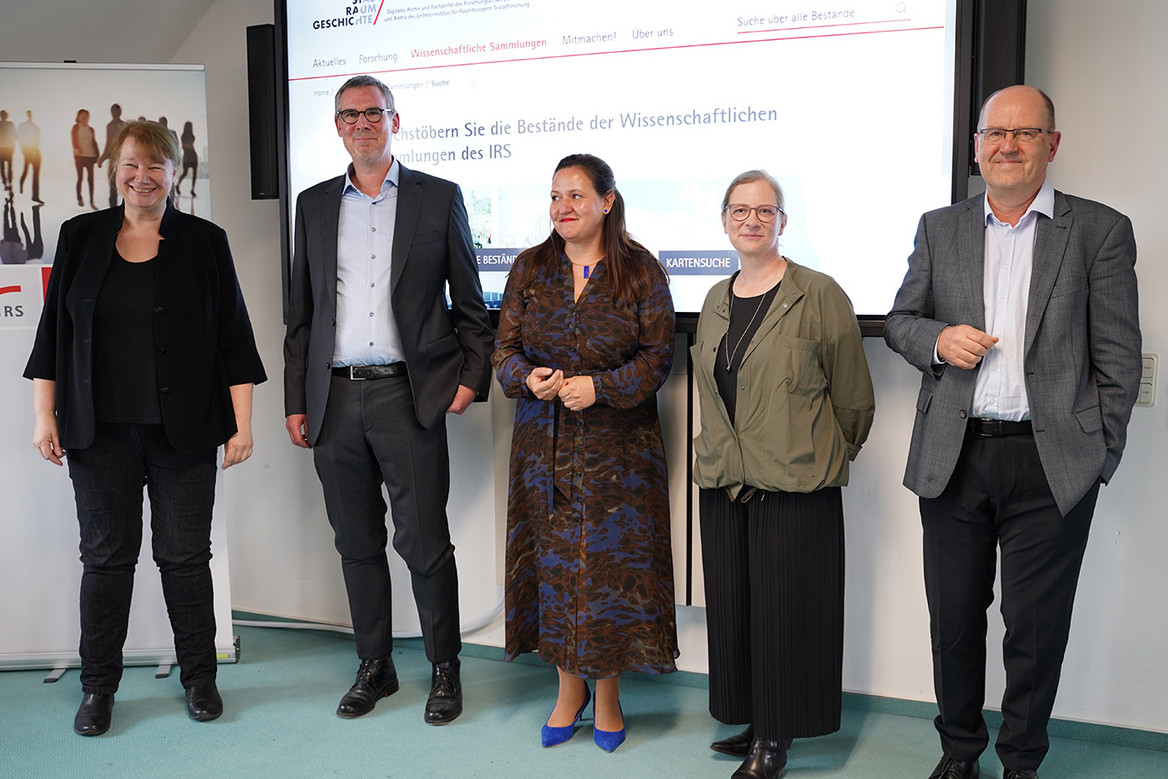
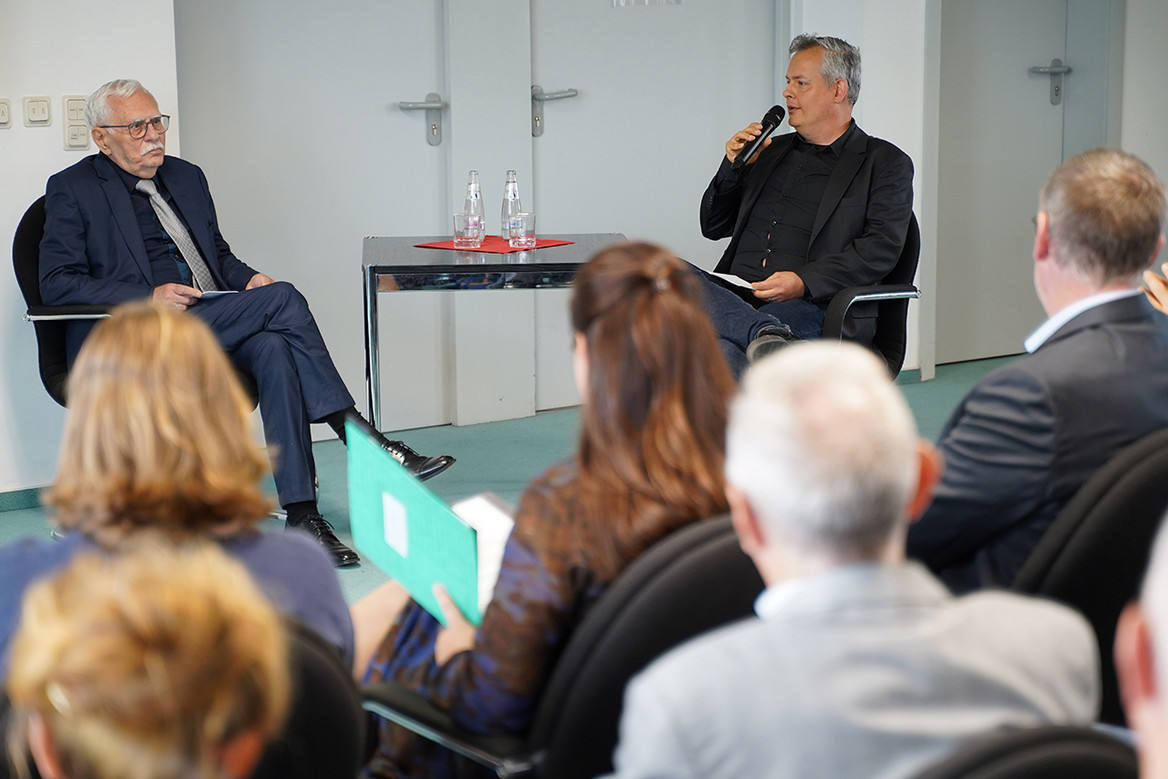
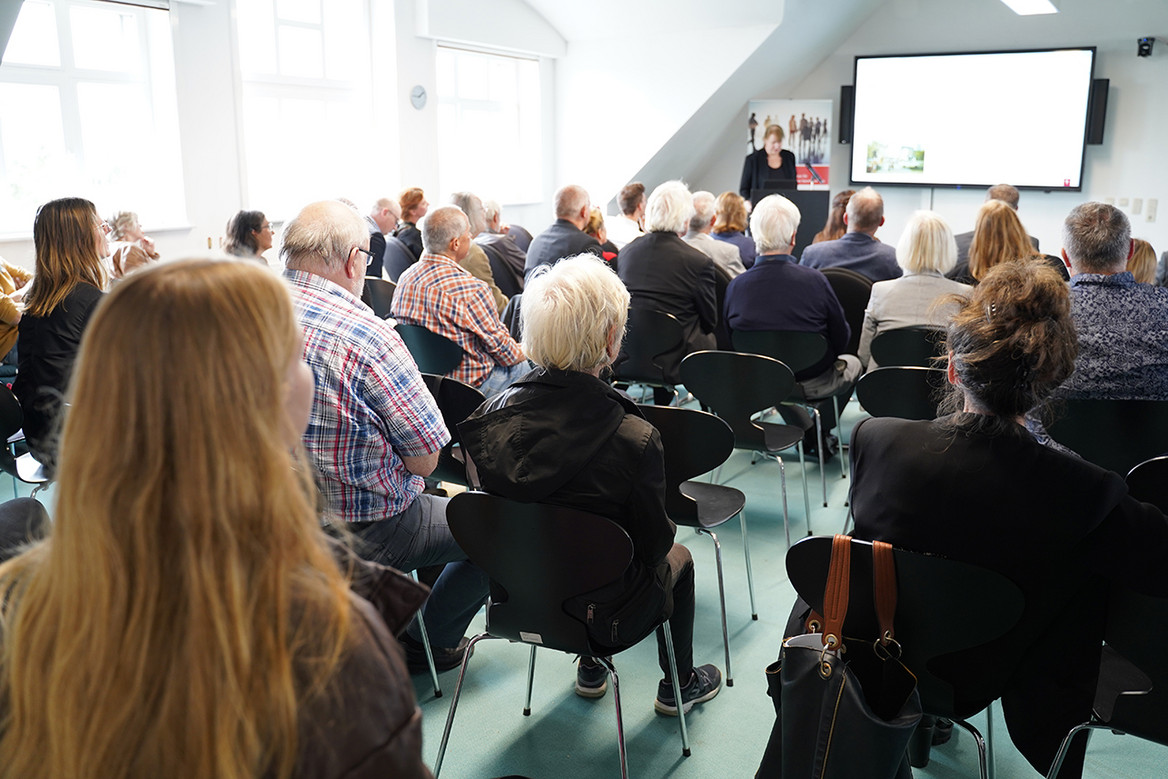
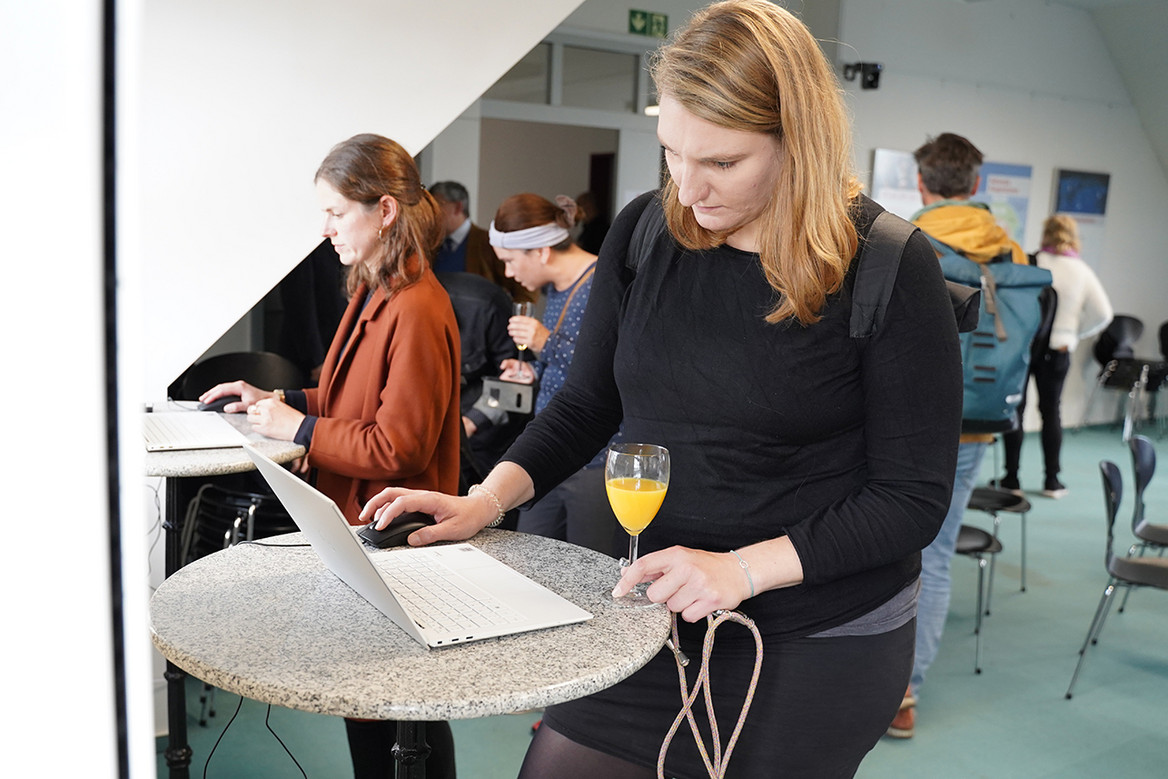
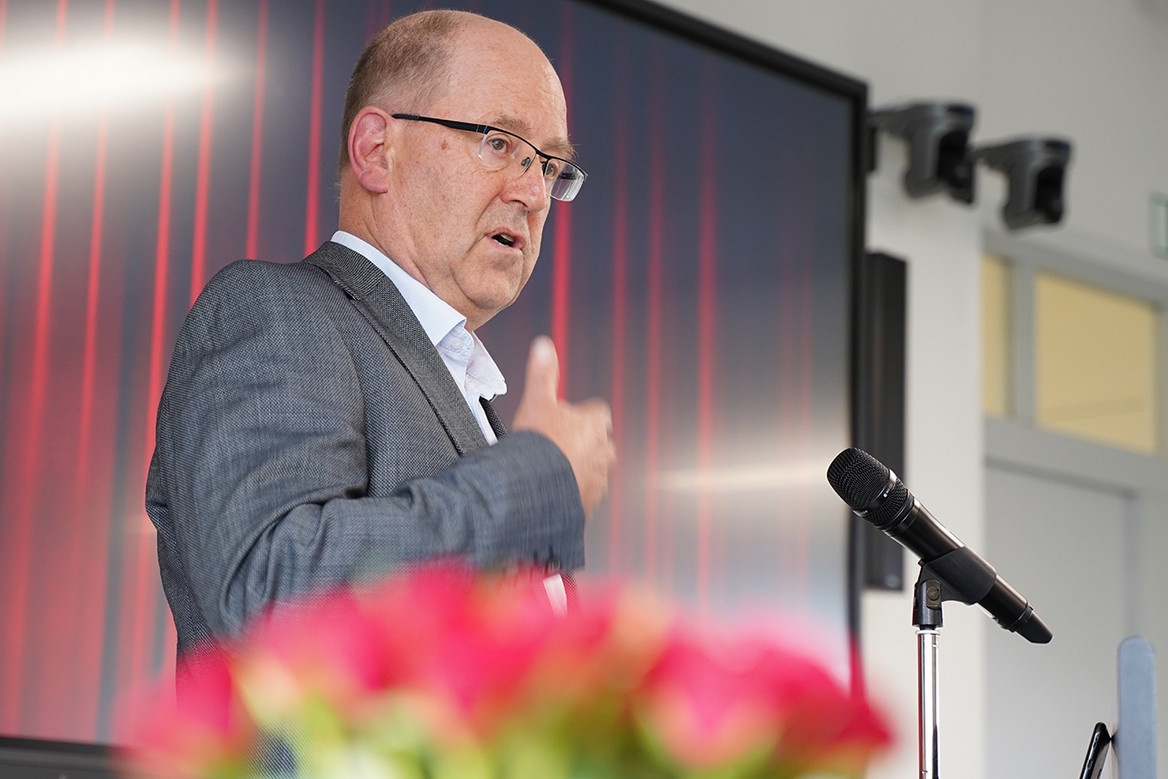
Brandenburg's Minister of Science Manja Schüle gave the signal today, Friday, October 6, for the launch of the new online portal "Stadt-Raum-Geschichte.de" of the Leibniz Institute for Spatial Social Research (IRS) in Erkner. Unique holdings of historical plans, photos and architectural designs from the GDR are now digitally accessible to academia and the public. Citizens can help with research and indexing online.
With a new portal, the research focus "Contemporary History and Archives" of the IRS and its scientific collections on the building and planning history of the GDR are presented on the Internet as of today. At a festive event in Erkner, the portal "Stadt-Raum-Geschichte.de" was presented to about 80 guests from science, politics and civil society. The Minister for Science, Research and Culture of the State of Brandenburg, Dr. Manja Schüle, officially put the portal online.
Minister Dr. Schüle: "Especially the building cultural heritage of the GDR deserves an honest and fact-based discussion. The Leibniz Institute for Spatial Social Research is not only a highly competent player in the future development of cities and regions - it also safeguards a unique treasure. I am grateful to the Institute for opening its treasure chest of everyday GDR and architectural history to everyone: As of today, tens of thousands of photos and plans of East German daycare centers and playgrounds, vacation camps and parks, interiors of stores and cafés, construction sites and pedestrian zones, prefabricated buildings on the outskirts of cities and crumbling old towns are accessible worldwide and digitally. Fresh sources for fresh perspectives - I'm looking forward to exciting new results and insights."
In addition to holdings taken over from GDR institutions, the scientific collections of the IRS have collected about 150 preliminary and posthumous bequests of East German planners and architects over the past 30 years. As a result, a special archive on the history of GDR architecture, planning and everyday life has been created in Erkner that is unique worldwide. The architect and urban planner Manfred Zache, who was invited as an actor of the time and who was head of the general development planning department in East Berlin from 1977, also pointed this out.
With funding from the state of Brandenburg and the federal government, the holdings are gradually being digitized and published. However, for thousands of archival records, information on origin and exact content is still incomplete. For this reason, the Scientific Collections invite citizens to participate in the indexing process. A first selection of archive photos with a comment function has already been published on the online portal. In the future, the opportunities for participation will be further expanded.
Prof. Dr. Oliver Ibert, Director of the IRS: "The history of the GDR and post-reunification Germany continues to have an impact on the present, especially here in Berlin-Brandenburg. Historical research at the IRS sheds light on this recent past. As a Leibniz Institute, we research with society and for society. With the new portal, we invite experts and interested parties to explore the planning that has shaped East German cities to this day in our archive and to share their knowledge with us."
The online portal "Stadt-Raum-Geschichte" can be accessed as of today at the URL www.stadt-raum-geschichte.de. Digitized archive materials such as photos and blueprints can be searched for and accessed there both thematically and in a map view.

